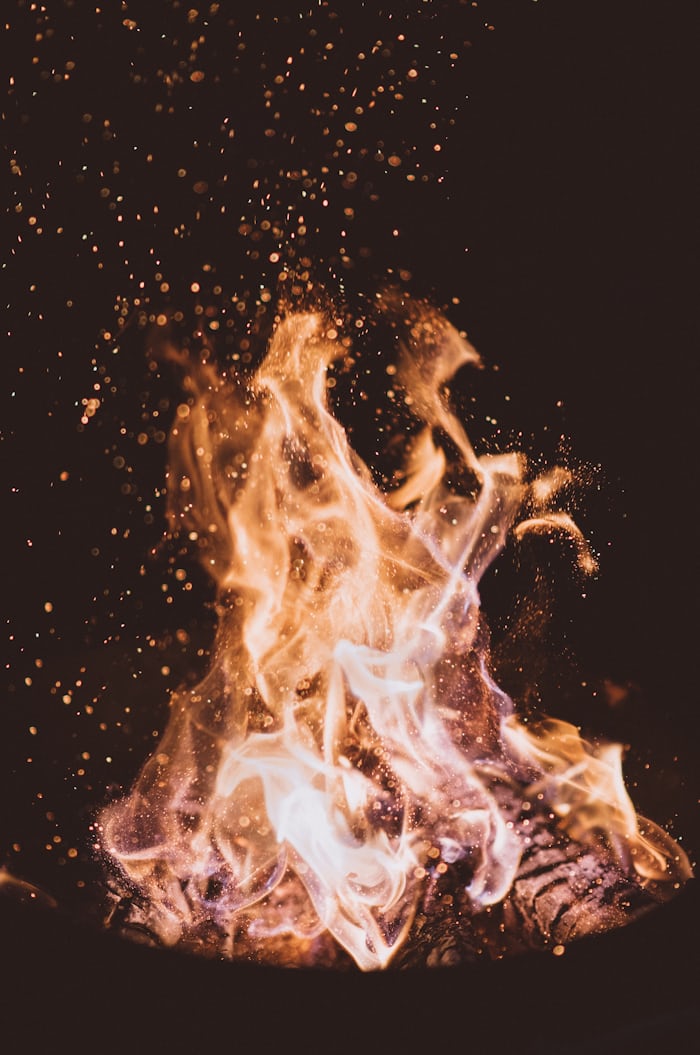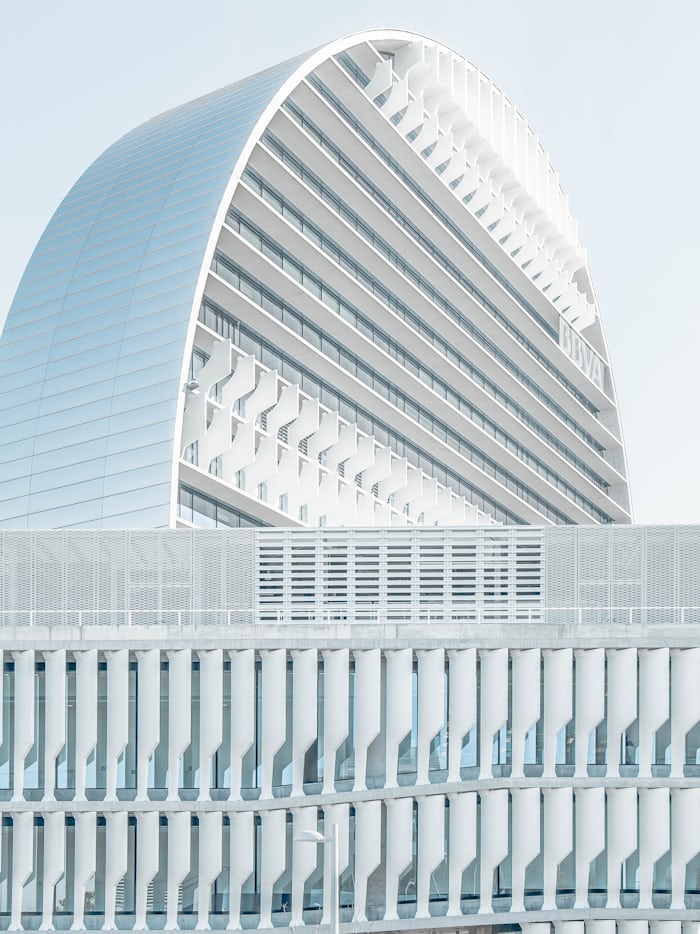A chimney cap might seem like a small, insignificant component of a home, but it plays a critical role in maintaining the integrity of your chimney and home. A simple structure, often made of metal or wire mesh, the chimney cap is placed at the top of the chimney to perform a range of functions. Whether you’re a homeowner with a traditional wood-burning fireplace or someone who uses a gas stove, a chimney cap offers benefits that are hard to overlook. This article explores why having a chimney cap is essential for your home, how it works, and what to consider when installing or replacing one.
What is a Chimney Cap?
A chimney cap is essentially a cover for the top of your chimney, made from various materials, including stainless steel, copper, aluminum, or galvanized steel. It typically has a solid lid and mesh sides, which allow smoke to escape while keeping out debris, animals, and weather elements. Depending on the design, some chimney caps come with additional features like spark arresters or draft regulators, offering enhanced safety and efficiency.
Though seemingly simple, this small structure offers several critical benefits that can protect both your chimney and your home.
Why a Chimney Cap is Important
1. Prevents Water Damage
One of the most significant threats to a chimney is water. When rain, snow, or sleet enters an uncapped chimney, it can lead to water damage. Over time, water can erode the mortar and bricks, causing them to weaken and crack. Not only does this diminish the structural integrity of the chimney, but it can also cause mold and mildew to form within the flue. Water inside a chimney can damage the liner, which in turn may result in poor ventilation and a higher risk of carbon monoxide buildup.
A chimney cap acts as a shield, preventing water from entering and causing long-term damage. In the long run, this simple addition can save you thousands of dollars in chimney repairs and help you avoid larger, costlier structural issues.
2. Keeps Animals Out
Chimneys, especially in cooler months, are warm and inviting places for animals. Birds, squirrels, raccoons, and even bats may try to make your chimney their home. Not only can animals block your chimney’s airflow, but they may also bring nesting materials, leading to an increased risk of chimney fires. Moreover, an animal trapped inside a chimney could cause a health hazard due to bacteria, parasites, or even dying inside and decomposing.
A chimney cap with a mesh screen effectively prevents animals from entering. The screen is tight enough to keep animals out while allowing smoke to escape freely. By installing a chimney cap, you can avoid the hassle of having to deal with unwanted critters and their potential hazards.
3. Prevents Downdrafts
Downdrafts occur when the wind blows air back down your chimney, pushing smoke and fumes into your home. This is not only unpleasant but also a health risk, as carbon monoxide can accumulate indoors. Chimney caps are designed to deflect wind away from the opening, minimizing downdrafts and maintaining proper airflow up and out of the chimney. Some chimney caps even come with built-in draft regulators that help to manage air pressure, making them especially useful for homes located in areas prone to high winds.
4. Blocks Debris
Leaves, branches, and other debris can easily fall into an uncovered chimney, blocking the flue. Over time, this can cause dangerous buildups of creosote, a highly flammable substance that can lead to chimney fires. Blockages can also restrict the chimney’s airflow, making it harder for smoke and fumes to escape.
By installing a chimney cap, you can prevent debris from entering your chimney and reduce the need for frequent cleanings. This will not only save you time but also help to ensure that your chimney operates safely and efficiently.
5. Spark Prevention
A chimney cap equipped with a spark arrestor can prevent embers or sparks from escaping the chimney and landing on the roof or nearby combustible materials. This is particularly important for homes surrounded by dry foliage, as flying sparks can easily start a fire. A spark arrestor reduces this risk and adds an extra layer of safety to your home.
Types of Chimney Caps
Chimney caps come in various materials, styles, and functionalities. Selecting the right one depends on your specific needs and the type of chimney you have.
- Stainless Steel Chimney Caps: These are durable and resistant to rust, making them an excellent choice for areas with high moisture. Stainless steel caps are long-lasting and require minimal maintenance.
- Copper Chimney Caps: Known for their aesthetic appeal, copper chimney caps develop a patina over time, adding a vintage look to your home. They are also highly durable and rust-resistant.
- Galvanized Steel Chimney Caps: These are a more affordable option, but they are prone to rusting over time. While they may be suitable for those on a budget, they will require replacement sooner than other types.
- Custom Chimney Caps: For homeowners with uniquely shaped or styled chimneys, custom chimney caps can be fabricated to fit perfectly and match the aesthetic of your home.
Factors to Consider When Installing a Chimney Cap
When installing or replacing a chimney cap, several factors should be considered to ensure you choose the best option for your chimney.
- Size: A chimney cap must fit snugly over your chimney to function properly. Measure the width and length of your chimney opening or consult a professional for precise sizing.
- Material: Choose a material that will withstand the weather conditions in your area. For humid or coastal regions, stainless steel or copper is often the best option, as they resist corrosion.
- Mesh Size: The size of the mesh on the sides of the chimney cap can vary. A tighter mesh is ideal for keeping out small animals and debris but may require more frequent cleaning to prevent clogs.
- Ventilation Needs: Some chimney caps come with additional features, like draft regulators or venting systems. If your home experiences frequent downdrafts or wind-related issues, consider a cap with these added functionalities.
Chimney Cap Maintenance

While chimney caps are relatively low-maintenance, regular inspections are necessary to ensure they continue to function properly. Over time, caps may become clogged with debris or creosote, or the mesh may rust or warp. It’s essential to clean the cap periodically and check for any signs of damage. An annual chimney inspection by a professional is also highly recommended to ensure your chimney and cap are in optimal condition.
Conclusion
A chimney cap is a small investment that can provide long-lasting protection for your home. By keeping out water, animals, and debris, while preventing downdrafts and sparking embers, a chimney cap ensures your chimney operates efficiently and safely. Whether you’re installing a new chimney or looking to upgrade your current setup, the right chimney cap is a crucial component in maintaining the integrity of your home’s heating system.





